FOR IMMEDIATE RELEASE
Bay Area Lyme Foundation Launches Bay Area Lyme Ventures as First Impact Investment Fund to Support Entrepreneurs and Companies Advancing Lyme Disease Solutions
New venture philanthropy fund announces initial investments and will help guide game-changing Lyme diagnostics and therapeutics to commercialization
PORTOLA VALLEY, Calif., September 4, 2025 — Bay Area Lyme Foundation, a leading sponsor of Lyme disease research in the US, today announced the launch of Bay Area Lyme Ventures (Lyme Ventures), a bold new impact fund that is the first designed to attract and drive investment to promising tick-borne diagnostics and therapeutics nearing commercialization. By bringing together strategic research investments, collaborative partnerships, and patient-focused resources, Lyme Ventures aims to advance innovative diagnostics and therapeutics to fill significant gaps that exist in medical care. Today, the fund announces investments in Aces Diagnostics and LymeAlert, both of which are designed to help people bitten by ticks navigate the complicated process of getting an accurate diagnosis.
“This new chapter expands Bay Area Lyme Foundation’s commitment to accelerating innovative diagnostics and therapeutic breakthroughs, as there is an extreme scarcity of support for entrepreneurs and companies developing accurate solutions for patients and clinicians in tick-borne disease,” said Linda Giampa, who led Bay Area Lyme Foundation for the past 12 years and is now the founder and managing director of Bay Area Lyme Ventures.
Lyme Ventures will complement Bay Area Lyme Foundation’s continued commitment to funding scientific research by advancing promising discoveries into clinical development and, ultimately, through commercialization. To date, Bay Area Lyme Foundation has granted more than $30 million toward research, while Lyme Ventures has a goal of investing $5 million by 2027 into companies working to bring solutions to market. Proceeds from these philanthropic investments will fund research projects at Bay Area Lyme Foundation.

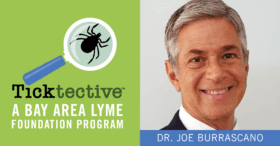

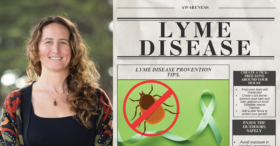
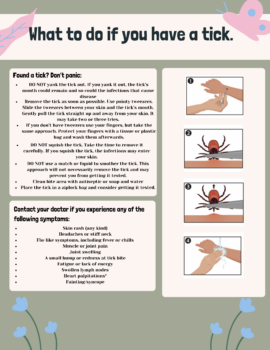


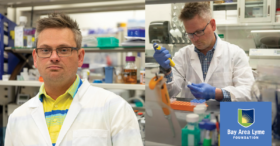
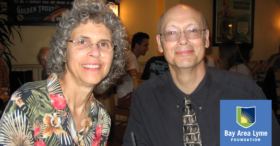


 Our Ticktective host, Dana Parish, interviews Dr. Neil Nathan, renowned physician and best-selling author. Dr. Nathan specializes in treating chronic illnesses, particularly those related to environmental toxins, vector-borne infections, and complex systemic disorders. With decades of experience in clinical practice, he focuses on understanding the impact of toxins on health and is dedicated to helping patients recover from illnesses that conventional medicine often struggles to address. His bestselling book,
Our Ticktective host, Dana Parish, interviews Dr. Neil Nathan, renowned physician and best-selling author. Dr. Nathan specializes in treating chronic illnesses, particularly those related to environmental toxins, vector-borne infections, and complex systemic disorders. With decades of experience in clinical practice, he focuses on understanding the impact of toxins on health and is dedicated to helping patients recover from illnesses that conventional medicine often struggles to address. His bestselling book,